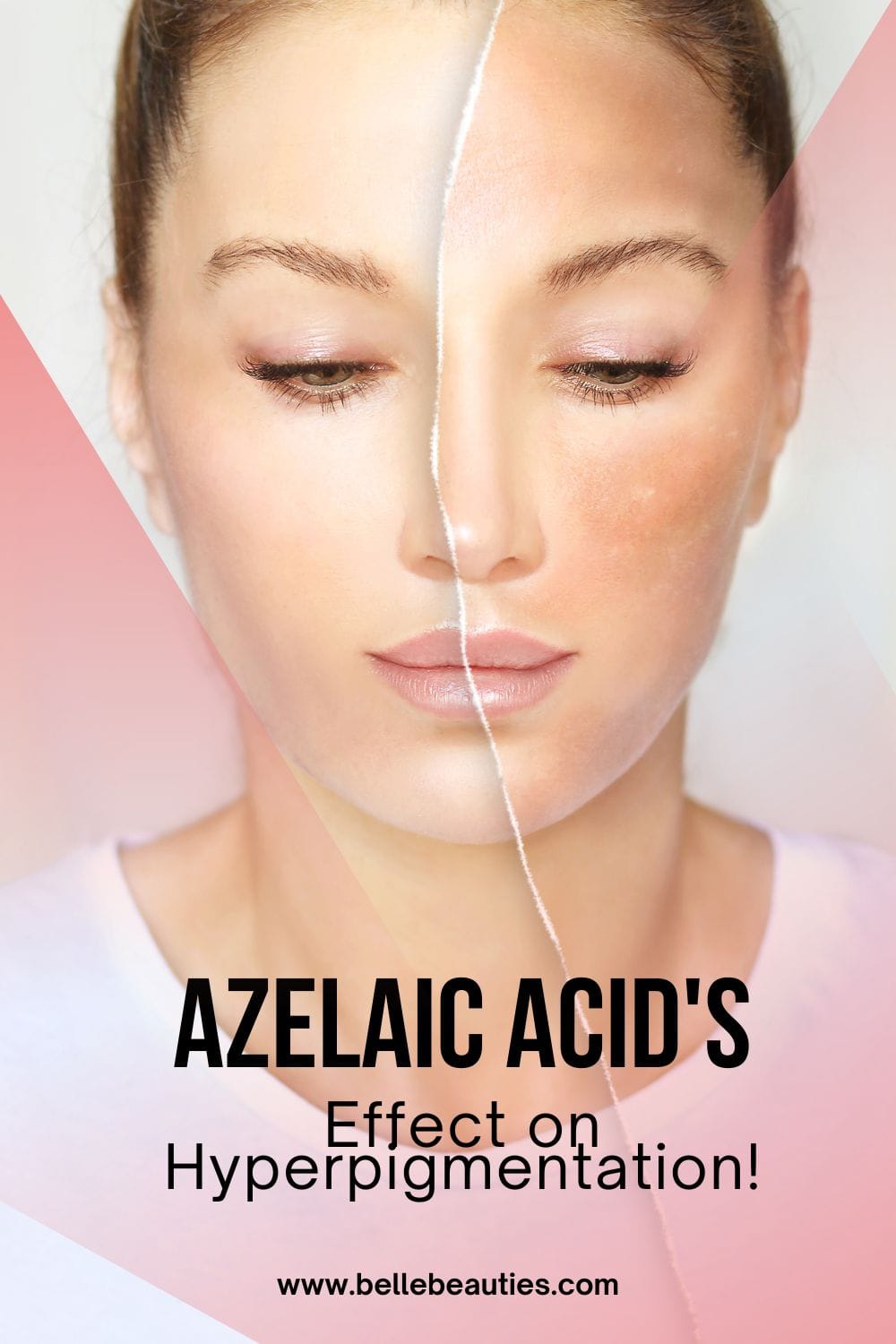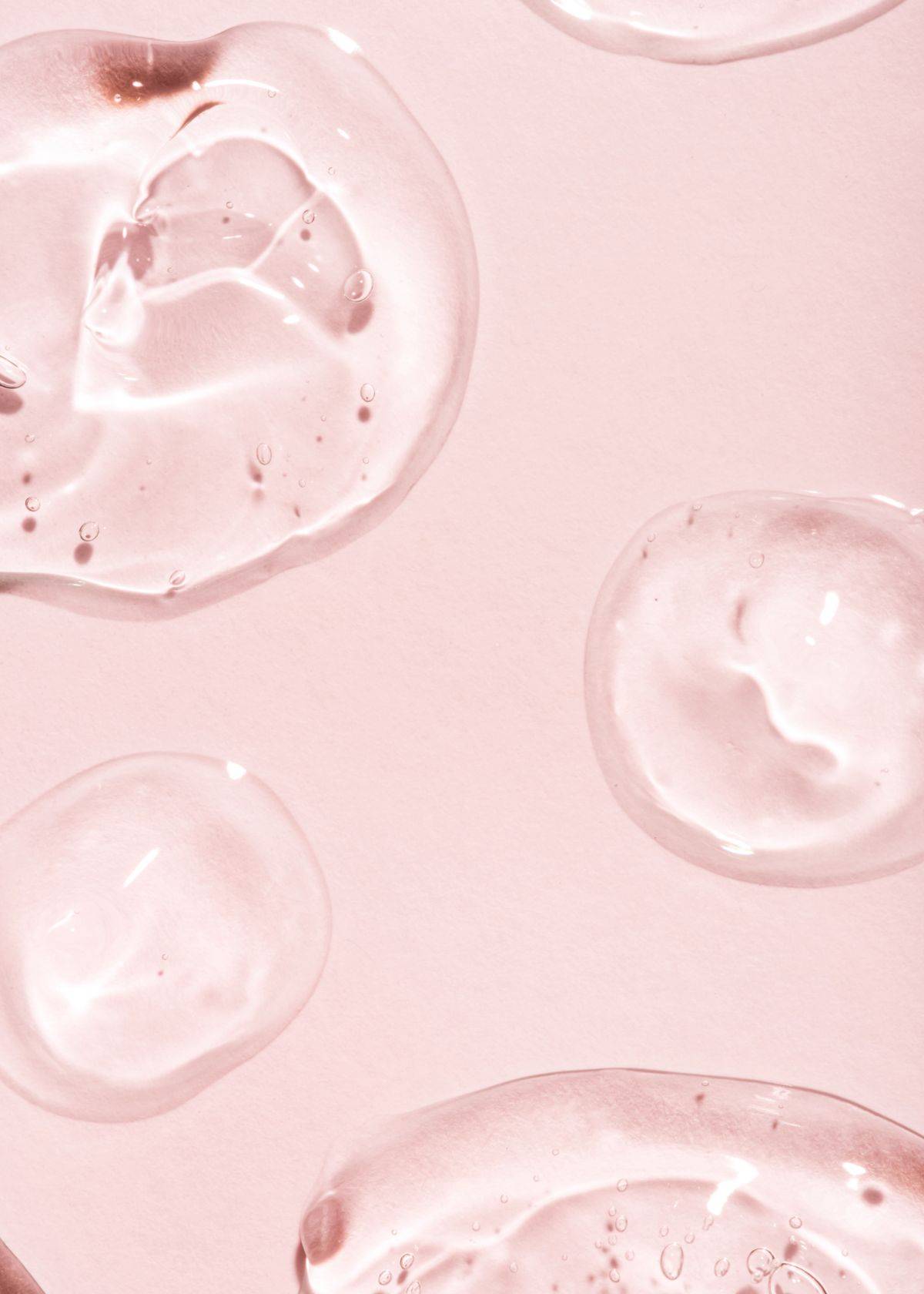Are you feeling worn out from the hunt for something to lighten those persistent dark spots on your skin? When it comes to battling hyperpigmentation, azelaic acid may very well become your skincare champion.
This mighty contender has been claiming its spot in the beauty realm for its knack for balancing complexion and tackling those less-than-welcome areas of uneven coloration. It's a pretty common tale—staring back at our reflection, we cross our fingers hoping this next treatment might be 'the one.'.
We totally get how daunting it can be to navigate through a sea of potential fixes, all while dreaming of that glowy, even-toned look. So we've done our homework so you don't have to!
Our research points out that dabbing on some 20 percent azelaic acid goodness could significantly brighten up spots affected by melasma after about half a year!
Packed with knowledge and tips, our upcoming blog post will take you under the wing of azelaic acid and reveal just how long it generally takes before you start seeing signs of success in dimming down hyperpigmentation.
So keep your spirits high and stick with us; smoother sailing towards clearer skies for your skin is just around the corner!
Key Takeaways
- Azelaic acid typically begins to show results on hyperpigmentation within 6 - 8 weeks, with some people seeing changes as early as four weeks but most noticing more significant improvement after two months.
- Prescription-strength azelaic acid products can deliver noticeable changes in hyperpigmentation between two and four months, while over-the-counter options may take around three to four months.
- Applying a pea-sized amount of azelaic acid twice daily is the recommended usage for visible improvement in conditions like melasma over a period of six months.
- Common side effects might include skin irritation or dryness; using moisturizer and sunscreen can help manage these issues while protecting sensitive skin during treatment.
- Consistent application of azelaic acid, along with patience, is key as substantial visual progress is often seen around the three-month mark when treating hyperpigmentation.
What is Azelaic Acid and Its Benefits
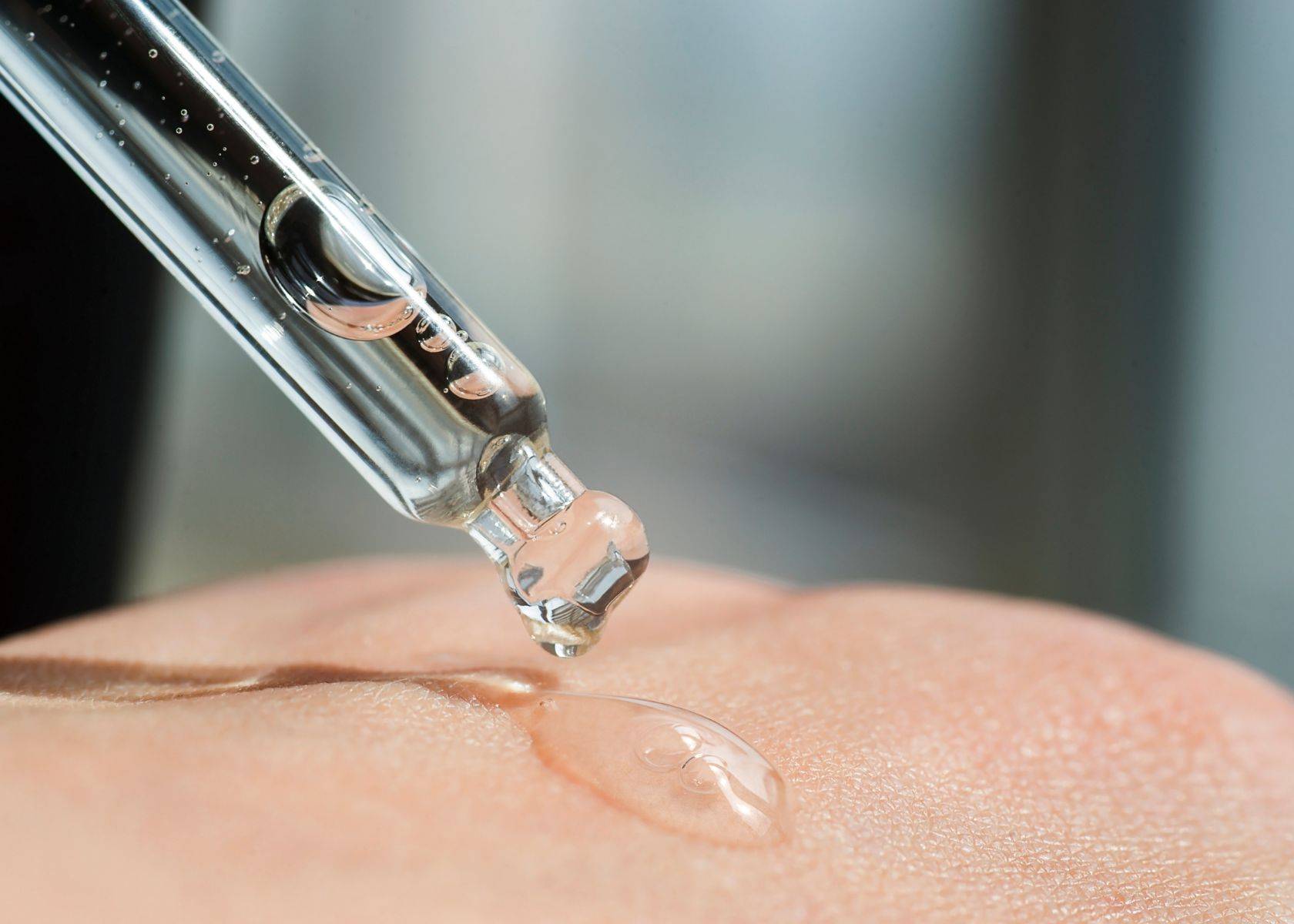
Azelaic acid is a skincare ingredient that has multiple benefits for the skin, including its ability to treat acne, rosacea, melasma, and hyperpigmentation. It works by inhibiting melanin production while also exfoliating and unclogging pores.
Definition of Azelaic Acid
Azelaic acid is a powerhouse when it comes to tackling skin issues. Naturally found in grains like wheat, rye, and barley, this ingredient works wonders for those of us dealing with hyperpigmentation.
It's not just an ordinary acid; its superpowers extend far beyond simple exfoliation. We see it as an unsung hero that brightens our complexion, fading those stubborn dark spots with time.
Harnessing the benefits of azelaic acid could mean waving goodbye to uneven skin tones caused by acne scars or sun damage.
Whether we opt for over-the-counter products or seek out prescription-strength creams, incorporating azelaic acid into our skincare routine promises a transformation towards clear and radiant skin.
Heading into how this remarkable substance tackles hyperpigmentation lets us dive deeper into the science behind its effectiveness.
Benefits for skin cells
After understanding the definition of azelaic acid, it's important to acknowledge its diverse benefits for the skin, such as acne treatment, redness reduction in rosacea, and its effectiveness in treating melasma and hyperpigmentation. Here are some key skin benefits of azelaic acid:
Acne treatment
One of the most well-known uses of azelaic acid is as an acne treatment. It possesses antibacterial properties that help fight the bacteria that lead to inflammatory acne breakouts.
Specifically, azelaic acid is effective against Cutibacterium acnes, the bacteria that thrive within clogged hair follicles and contribute to acne.
Azelaic acid works to kill these bacteria on contact while also reducing inflammation. Regular use can help clear up existing acne while preventing future breakouts. Many find it is gentle enough even for those with sensitive skin.
Rosacea treatment
Azelaic acid can be used to improve several symptoms associated with rosacea. Rosacea often manifests with facial redness, visible blood vessels, bumps, pimples, and skin sensitivity.
The anti-inflammatory effects of azelaic acid make it useful for reducing redness and irritation associated with this chronic skin condition.
By calming inflammation, it also decreases flare-ups and eases discomfort. Those struggling with rosacea may find azelaic acid helps mitigate symptoms when applied once or twice daily.
Melasma & Post inflammatory hyperpigmentation
Azelaic acid has also demonstrated efficacy in lightening two common pigmentation disorders - melasma and post-inflammatory hyperpigmentation. Melasma is characterized by tan or brown patches that appear on sun-exposed areas of the face.
These dark spots stem from an overproduction of melanin. Azelaic acid limits this excess melanin production while also accelerating cell turnover.
With continued use, it can fade melasma to reveal a more even complexion. The same mechanism makes azelaic acid effective at fading the dark spots left behind by acne known as post-inflammatory hyperpigmentation. By inhibiting melanin formation, azelaic speeds up the skin’s natural fading of acne marks.
Exfoliating properties
In addition to treating specific skin issues like acne and rosacea, azelaic acid offers general benefits as an exfoliant. It enhances the natural exfoliation of dead skin cells from the surface of the skin. This helps keep pores clear while making way for fresher, smoother skin.
It also has the ability to normalize abnormal keratinization, which can contribute to clogged pores and a rough texture. With regular use, azelaic acid gives skin a refined, polished look and feel. It is gentler than many harsh ingredients such as beta hydroxy acids and retinol.
While generally well-tolerated, azelaic acid can potentially cause mild side effects like stinging, burning, itching, and dryness. This is most likely to occur within the first few weeks of use as the skin adjusts.
Starting with a lower concentration and building up gradually can help minimize irritation. Using azelaic acid as part of a complete skincare routine with regular moisturization can also offset any drying effects.
How Azelaic Acid Works on Hyperpigmentation
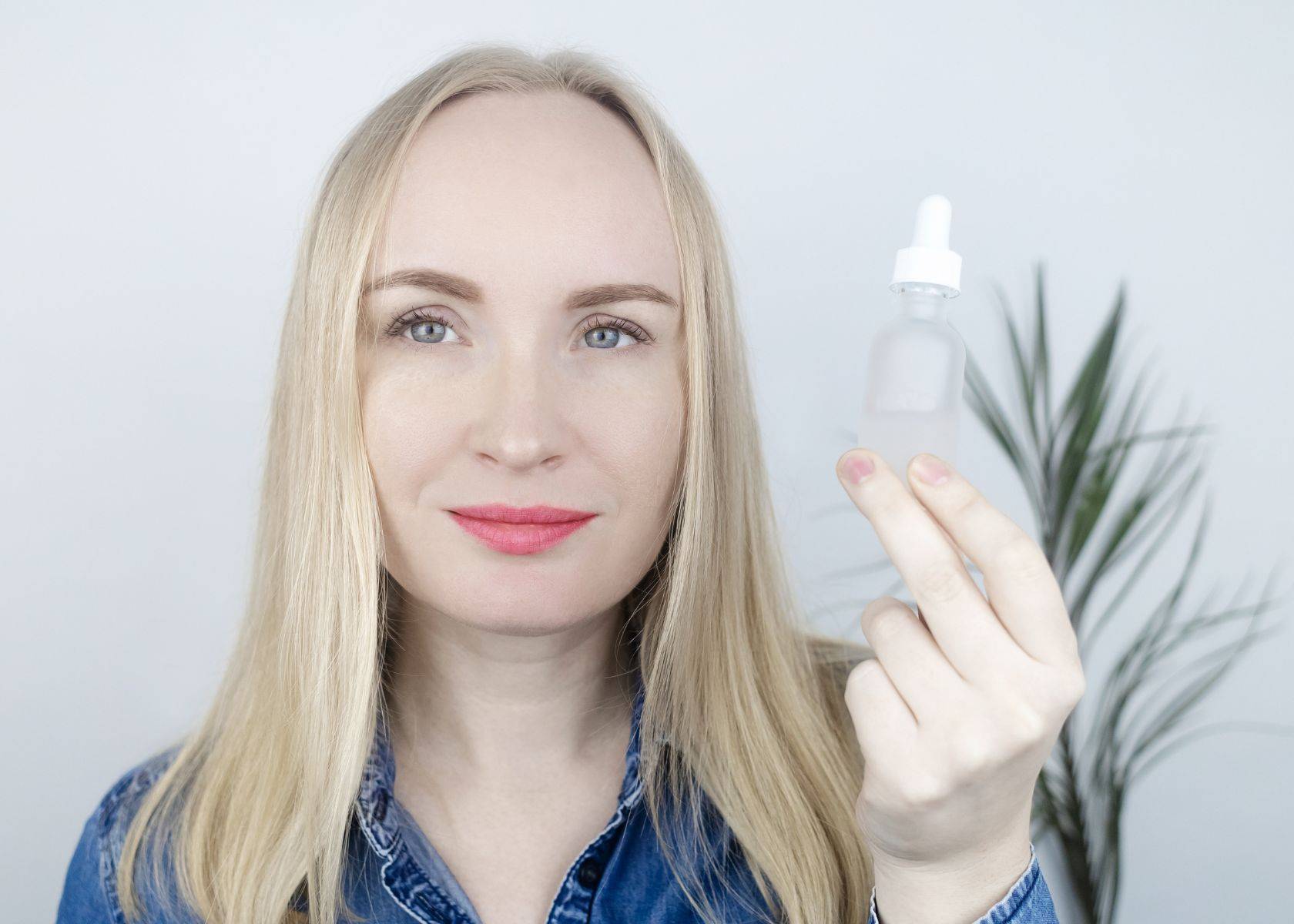
Azelaic acid components as active ingredients work on hyperpigmentation by inhibiting melanin production, exfoliating, and unclogging pores, and reducing inflammation and redness. These properties make it an effective treatment for addressing skin discoloration.
Inhibits melanin production
Azelaic acid works on hyperpigmentation by inhibiting melanin production in the skin. This helps to reduce the appearance of dark spots and discoloration, leading to a more even skin tone.
By regulating melanin synthesis, azelaic acid effectively brightens the skin and minimizes the effects of hyperpigmentation over time.
In addition to its ability to inhibit melanin production, azelaic acid also offers exfoliating properties that help unclog pores and improve cell turnover, further contributing to its effectiveness in addressing hyperpigmentation.
Exfoliates and unclogs pores
Azelaic acid exfoliates the skin, removing dead cells and allowing new, healthy ones to surface. This process helps in reducing hyperpigmentation by fading dark spots and promoting a more even skin tone.
Through its exfoliating action, azelaic acid aids in unclogging pores, preventing the buildup of sebum that can lead to acne breakouts. By keeping pores clear, azelaic acid contributes to overall skin health and a smoother complexion.
In addition to addressing hyperpigmentation, the exfoliating properties of azelaic acid help with other common skin issues such as fine lines, rough texture, and dullness caused by the accumulation of dead skin cells.
This multi-functional benefit makes it an effective ingredient for improving overall skin appearance and clarity. Furthermore, incorporating this skincare ingredient into your routine can enhance the penetration and efficacy of other products used alongside it.
Reduces inflammation and redness
Azelaic acid works by reducing inflammation and redness, helping to calm irritated skin. This can be especially beneficial for individuals with conditions like rosacea, where redness and inflammation are common concerns.
Additionally, its anti-inflammatory properties make it effective in soothing acne-prone skin.
When used consistently as part of a skincare routine, azelaic acid helps to minimize the appearance of redness caused by hyperpigmentation. The reduction in inflammation also contributes to an overall improvement in skin tone and texture, promoting a more even complexion that appears brighter and healthier.
Comparing Azelaic Acid to Other Acids
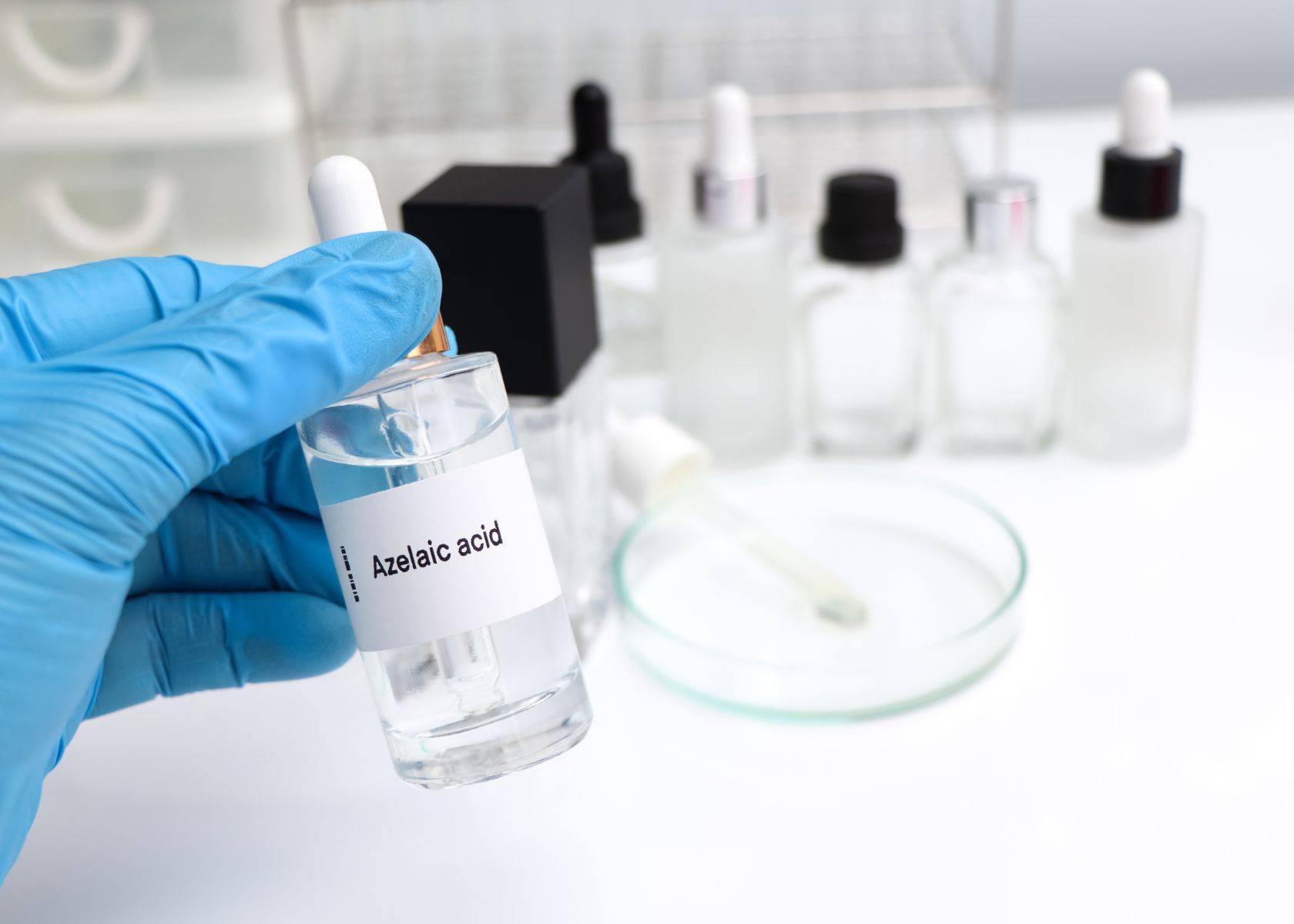
When it comes to addressing hyperpigmentation, Azelaic acid is often compared to other popular acids such as glycolic acid and salicylic acid. Understanding the differences between these acids can help you make an informed decision about which one may be best suited for your skin concerns.
Differences between Azelaic Acid, Glycolic Acid, and Salicylic Acid
Azelaic acid, glycolic acid, and salicylic acid are all popular skincare ingredients with unique properties. Azelaic acid is known for its skin-brightening effect and its ability to treat multiple skin conditions, including hyperpigmentation.
Glycolic acid is an alpha hydroxy acid that exfoliates the skin, promoting a smoother and brighter complexion. On the other hand, salicylic acid is a beta hydroxy acid that penetrates oil-laden pores to effectively unclog them.
While azelaic acid focuses on inhibiting melanin production and reducing inflammation in treating hyperpigmentation, glycolic acid primarily works through exfoliation to improve skin texture and tone.
Meanwhile, salicylic acid targets acne and blemishes by penetrating deep into the pores to remove excess oil.
Incorporating Azelaic Acid into Your Skincare Routine
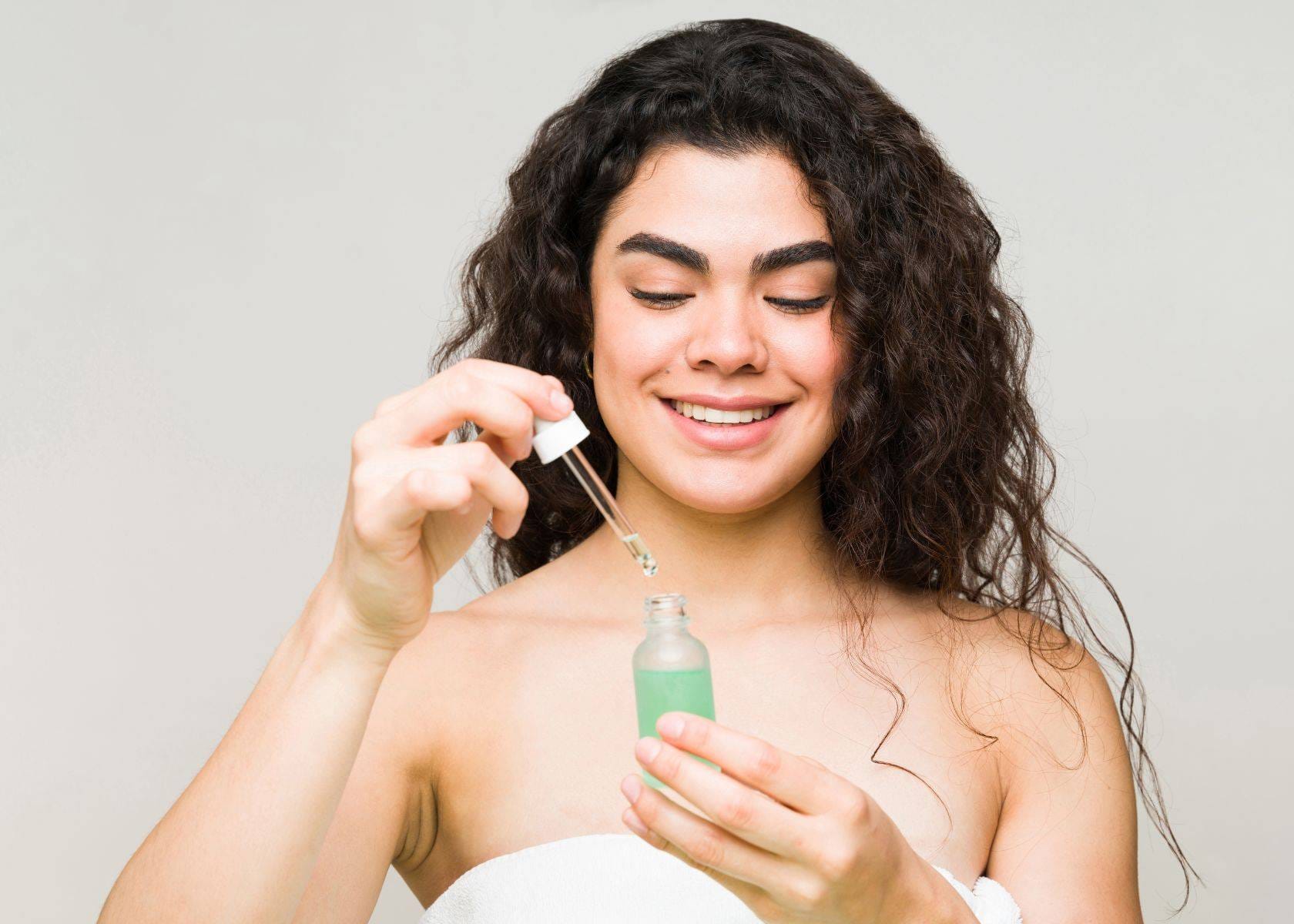
When incorporating azelaic acid into your skincare routine, start by cleansing your face and applying a thin layer of the product. Follow with a moisturizer and sunscreen during the day to protect your skin from potential sensitivity to sun exposure.
Step-by-step guide to using Azelaic Acid
To use azelaic acid for hyperpigmentation, start with a clean, dry face.
- Squeeze a pea-sized amount of azelaic acid onto your fingertips.
- Gently massage the cream onto the affected areas of your skin.
- Allow the product to fully absorb before applying any additional skincare products.
- Use azelaic acid once or twice daily, as recommended by your dermatologist.
- Always follow up with a broad-spectrum sunscreen during the day to protect your skin from potential sun sensitivity.
Compatible and incompatible ingredients
When using azelaic acid for hyperpigmentation, it's important to be mindful of the ingredients that work well with it. Compatible ingredients include hyaluronic acid, niacinamide, and antioxidants like vitamin C, which can complement the brightening effects of azelaic acid.
These substances help hydrate and nourish the skin while enhancing the overall skin tone. On the other hand, incompatible ingredients such as benzoyl peroxide or alpha hydroxy acids can cause irritation when combined with azelaic acid.
It’s essential to avoid using these together to prevent adverse reactions and potential worsening of hyperpigmentation.
Timeline for Results and Potential Side Effects
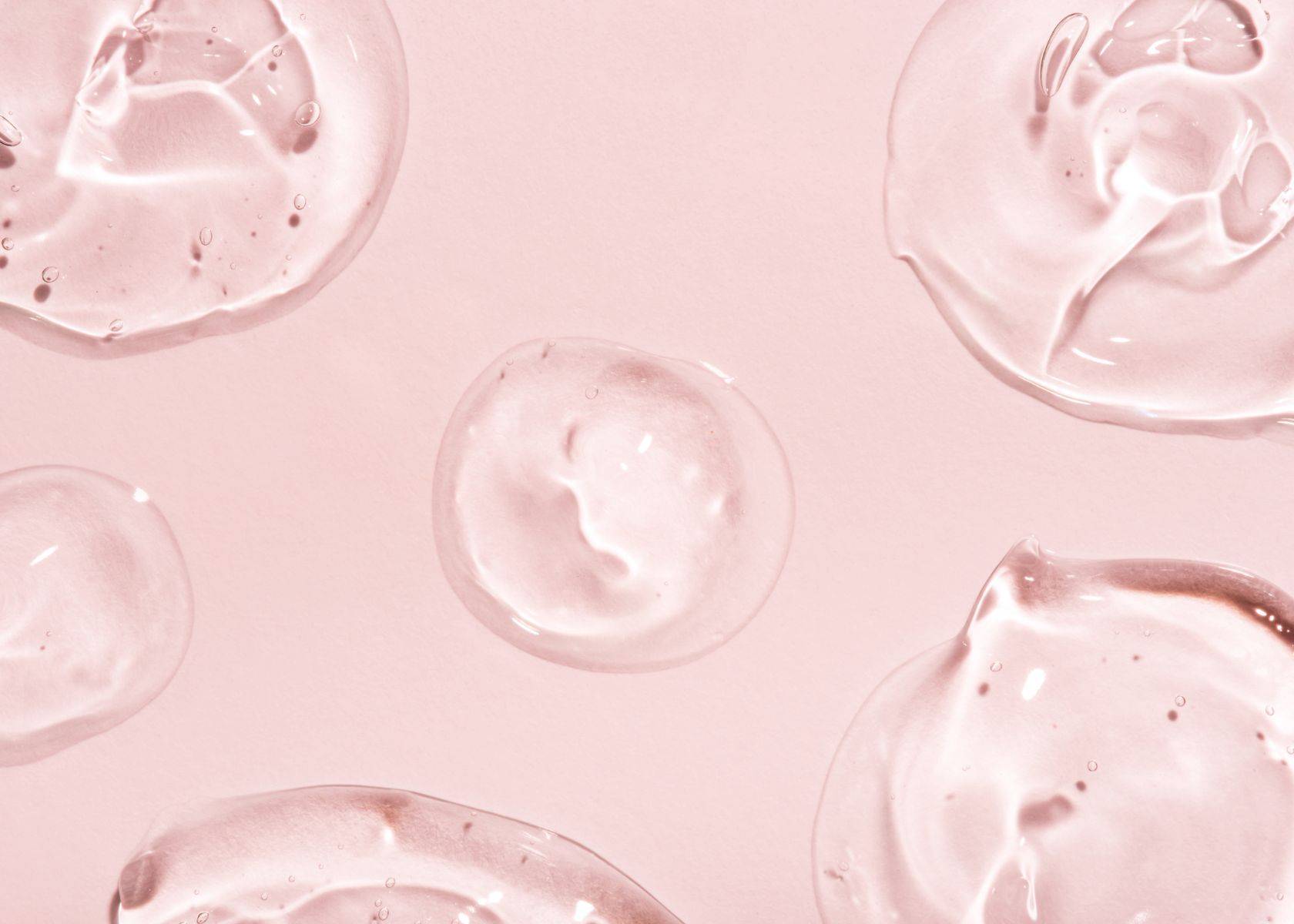
After incorporating Azelaic Acid into your skincare routine, it can take several weeks to a few months to see noticeable results in fading hyperpigmentation. Some potential side effects may include dryness, itching, and slight irritation, but these can be managed with proper skincare techniques.
Realistic expectations for fading hyperpigmentation
It is realistic to anticipate visible improvements in hyperpigmentation after consistent use of azelaic acid for about three months.
Studies have shown that prescription-strength azelaic acid cream can yield noticeable changes within six months to a year, while over-the-counter products may take around three to four months before significant improvement is noticed.
With regular application, azelaic acid can effectively inhibit melanin production and help brighten the skin, offering a viable solution for individuals seeking to address hyperpigmentation concerns.
Applying 5, 10, or 20 percent azelaic acid formula twice daily has been clinically proven to enhance melasma over six months. It's important to note that while some users might experience initial results as early as four weeks into treatment, others may require up to two months before seeing significant progress.
Other potential side effects and how to manage them
Realistic expectations for fading hyperpigmentation are crucial when using azelaic acid. However, it is also essential to be aware of potential side effects. Here are some of the possible side effects and how to manage them:
- Skin irritation: Some individuals may experience mild redness, itching, or stinging when using azelaic acid. To manage this, consider applying a moisturizer before or after the azelaic acid to soothe the skin.
- Dryness: Azelaic acid can cause dryness in some cases. Ensure you use a gentle cleanser and hydrating moisturizer to maintain skin moisture.
- Sensitivity to sunlight: It's important to apply sunscreen daily when using azelaic acid as it can increase the skin's sensitivity to sunlight.
- Allergic reaction: Although rare, some people may develop an allergic reaction to azelaic acid. If you notice swelling, severe itching, or hives after applying azelaic acid, discontinue use and seek medical attention.
- Discoloration of hair or fabrics: Azelaic acid may cause bleaching of hair or fabrics upon contact. Be cautious when applying and ensure the product is fully absorbed before coming into contact with textiles.
- Consult a dermatologist if you experience persistent or severe side effects from using azelaic acid for hyperpigmentation treatment.
The impact of using azelaic acid for hyperpigmentation treatment is worth considering as it offers a promising path toward achieving radiant skin. This simple yet effective approach has the potential to bring about remarkable transformations in addressing common dermatological concerns such as melasma or acne-related discoloration.
Frequently Asked Questions
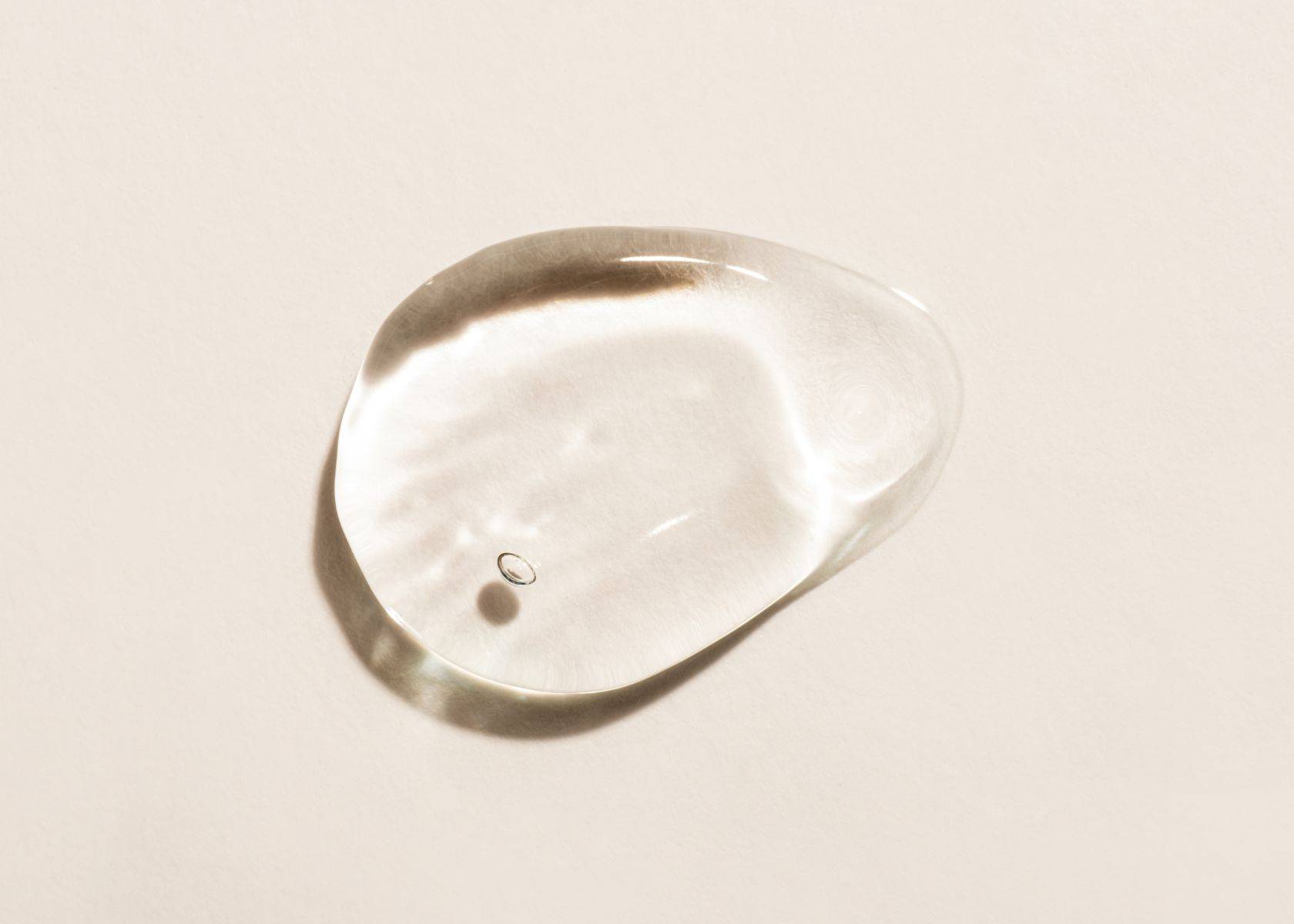
If you have uneven skin tone or wish to use azelaic acid for acne treatments, here are some questions to help you navigate this journey.
What is azelaic acid and how does it help with hyperpigmentation?
Azelaic acid is an active ingredient used in some skincare products that can help reduce hyperpigmentation and dark spots on the skin. It works by inhibiting tyrosinase, an enzyme involved in melanin production, which can help prevent and treat discoloration.
How long should I wait to see results from azelaic acid on my dark spots?
Results from using azelaic acid products can take time to become visible. Most people see some gradual improvement in hyperpigmented areas after 4-6 weeks of consistent use. However, it can take 2-3 months for more significant lightening of dark spots from azelaic acid. Being diligent with daily application is key.
Can I get azelaic acid as an over-the-counter product?
Yes, azelaic acid is available in some over-the-counter skincare products. Look for creams, serums, or treatments containing azelaic acid on the ingredient list. The concentration may be lower than prescription formulas, but OTC azelaic acid can still be beneficial for improving skin tone.
Is prescription-strength azelaic acid better than OTC products for treating dark spots?
Prescription azelaic acid products usually contain higher concentrations around 15-20%, which may make them more effective for treating more stubborn hyperpigmentation. The higher strength means they deliver greater results, but they also have more potential for side effects like dryness, stinging, or redness.
Will using azelaic acid give me brighter skin before and after its use?
With continued use, azelaic acid can give you visibly brighter and more even-toned skin. By inhibiting melanin production, it helps fade dark acne marks, melasma, and sun spots. Your complexion will look rejuvenated and luminous. Always combine with sun protection to prevent new dark spots from forming.
Conclusion
We've learned that azelaic acid can take between 6-8 weeks to work on hyperpigmentation. Its effectiveness varies, with some noticing results within four to six weeks and others seeing changes by the second month.
Prescription-strength products tend to deliver real results in two to four months, while over-the-counter options may show improvement in three to four months. How soon you see improvements also depends on your specific skin condition and the strength of the product used.
With regular use and patience, significant visible changes can be expected around the three-month mark.
This practical timeline demonstrates that consistent application of azelaic acid can lead to noticeable improvements in hyperpigmentation over time.
Have you considered incorporating this ingredient into your skincare routine? Take a moment to reflect on how these insights can benefit your journey towards brighter and more even-toned skin.
References
- Choulis, N. (2014). Dermatological drugs, topical agents, and cosmetics. In Side effects of drugs annual (pp. 273–294). https://doi.org/10.1016/b978-0-444-62635-6.00014-0
Read More About Other Related Topics of Hyperpigmentation

